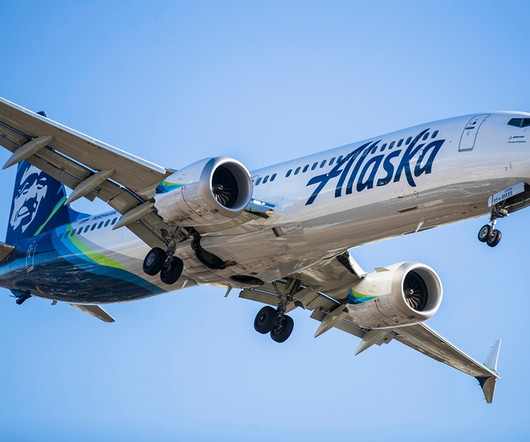Mastering the Crosswind Landing Technique: Tips for Safer Touchdowns
Pilot's Life Blog
JUNE 18, 2025
Understanding Crosswind Components Mastering the crosswind landing technique starts with understanding what a crosswind is and how it affects your aircraft during approach and landing. Understanding this allows you to plan your approach accordingly and choose the best landing technique.











Let's personalize your content